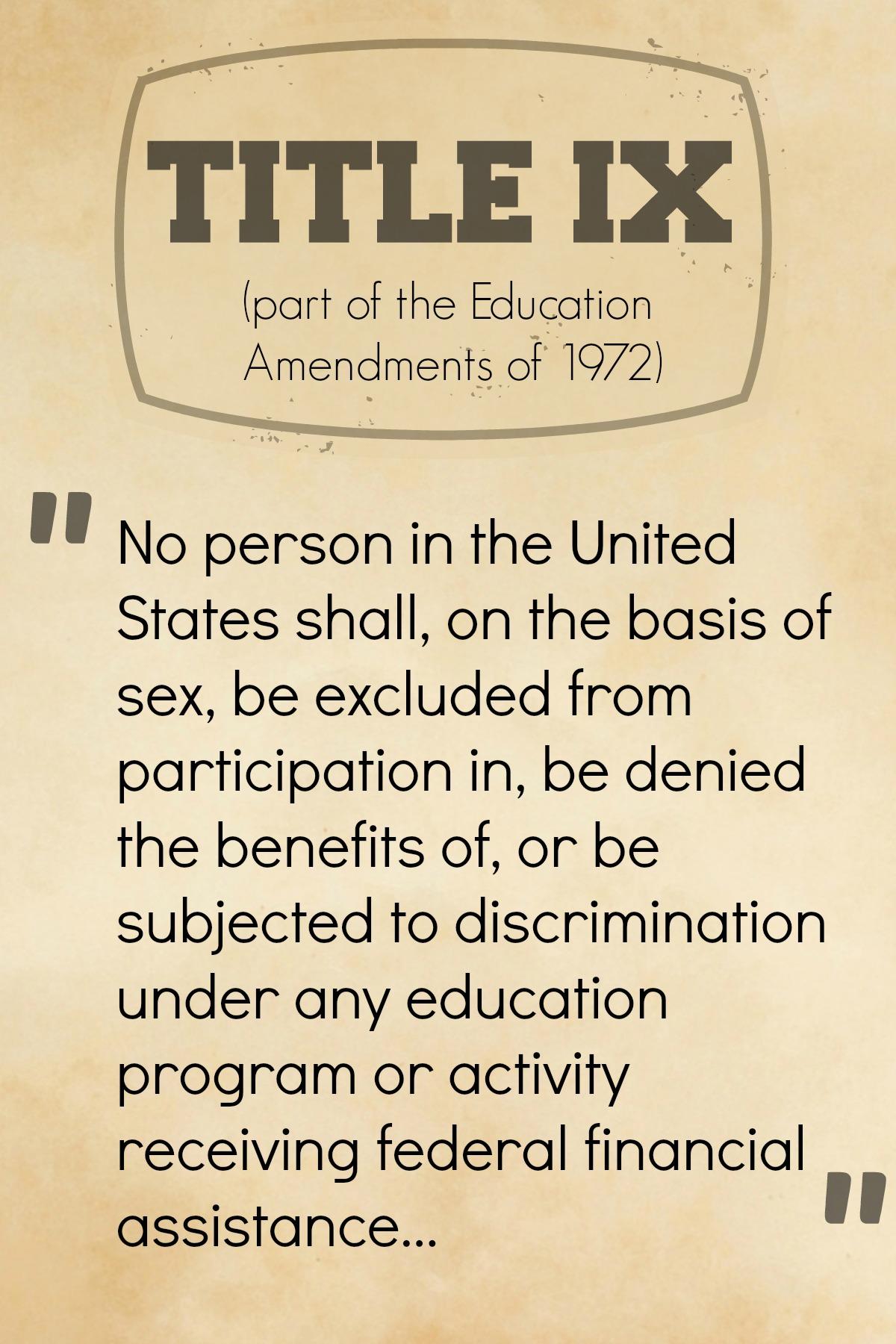Are women empowered?
March 16, 2014
At a TED Conference on female empowerment in 2010, former First Lady, presidential nominee, and Secretary of State Hillary Clinton shared a story she had heard.
“This teenage girl’s father expected to force her into early marriage, but she had been to school and she received a cow, perhaps through the Heifer Project, to encourage her to stay in school. When her father demanded she drop out of school and get married, she said no. When he insisted, she insisted right back.
And finally she pulled out her trump card: ‘If I leave and get married, I’m taking my cow; that cow belongs to me.’ So guess what? She stayed in school, she was spared an early marriage, all because her father couldn’t bear to part with the cow.”
Women have made great strides in the last few decades. According to the National Bureau of Economic Research, there are 1.3 women for “every male graduate.” However, a culture of sexism still festers within our society. The CDC National Center for Injury Prevention and Control reports that one in every five women have or will experience rape. This statistic leads to a pressing question: Are women empowered? We like to picture a shattered glass ceiling while Rosie the Riveter stands triumphantly over the crushed shards of sexism, but can we honestly say that we live in a post-sexist society?
Despite the fallbacks, women have made strides in major industries and facets of our society. In celebration of Women’s History Month, let us reflect on the ways some “chicks” have made a difference.
Sports

 For both present and past generations, “you throw like a girl” strikes with a negative connotation, leaving the person victimized by this comment ashamed of his or her athletic ability. Women face a number of life challenges, reducing their ability and willingness to achieve their full potential, especially in sports. Often thought to obtain little endurance, stamina or strength, women have shuffled to the sidelines wearing hot pink tutus in order to fit their gender roles until the late 1900s, leaving their assumed broom and mop behind.
For both present and past generations, “you throw like a girl” strikes with a negative connotation, leaving the person victimized by this comment ashamed of his or her athletic ability. Women face a number of life challenges, reducing their ability and willingness to achieve their full potential, especially in sports. Often thought to obtain little endurance, stamina or strength, women have shuffled to the sidelines wearing hot pink tutus in order to fit their gender roles until the late 1900s, leaving their assumed broom and mop behind.
In 1896, Susan B. Anthony said “The bicycle has done more for the emancipation of women than anything else in the world.” The last quarter of the twentieth century reflected an evolution that changed modern society and invited women with open arms to partake in sports. In 1972, Congress passed Title IX legislation, prohibiting discrimination due to gender in schools that receive federal funds through scholarships, funds and other forms of support for student athletes. What the boys have, the girls have. Bringing forth equality for men and women, Title IX has had a major impact on the count of women participating in athletics, no matter the age. As a result of Title IX, women have had a increase in athletic scholarships meaning higher education, which may not have been accessible beforehand. Elaborating on lessons coming from Title IX of equality and opportunity, programs such as Sports Envoys encourage advancement in the rights of women in athletics. With this, female athletes benefit just as much as males in the sense that they gain strength not just physically, but also in leadership, responsibilities and self-esteem.
“If I did not play a sport, I do not think I would have the confidence I do now,” senior Kiersten Hileman said. “I would probably be super quiet and lack both courage and pride. I would also be super out of shape.”
By participating and achieving in sports, women continue to break down the walls of sexism and build up their sculpted athletic finesse.
A sport does not necessarily entail aggression and body contact, which some assume. Sports such as cheerleading do not obtain the rights and privileges to athletic trainers or the gym equipment because according to most, cheerleading is a “hobby for girls.” According to ESPN, the intense tumbling, flipping, high jumps and endurance all pay off, concluding that cheerleading is, indeed, a sport. In addition, girls lacrosse has faced serious stereotypes as well. Because the girl players wear skirts and do not combatively knock each other to the ground as the boys lacrosse players do, this too falls under the social thought of girls’ lacrosse not being a “real” sport.
Seeing that women such as Allyson Felix, an American gold medalist, have the capability to sprint 100m in 10.89 seconds and Belgium’s Justine Henin who had been ranked number one tennis player in the world for a consecutive twelve months, women have just as much ability as men. Through the blood, sweat and tears, women push their way to the finish line and winners’ circle for self-satisfaction as opposed to rebelling against the men as seen in past centuries.
Emerging through the sexist walls, women have proven to shine (and in some cases, outshine men) on the field, track, pool or courts, thanks to both Title IX and acceptance from society.

